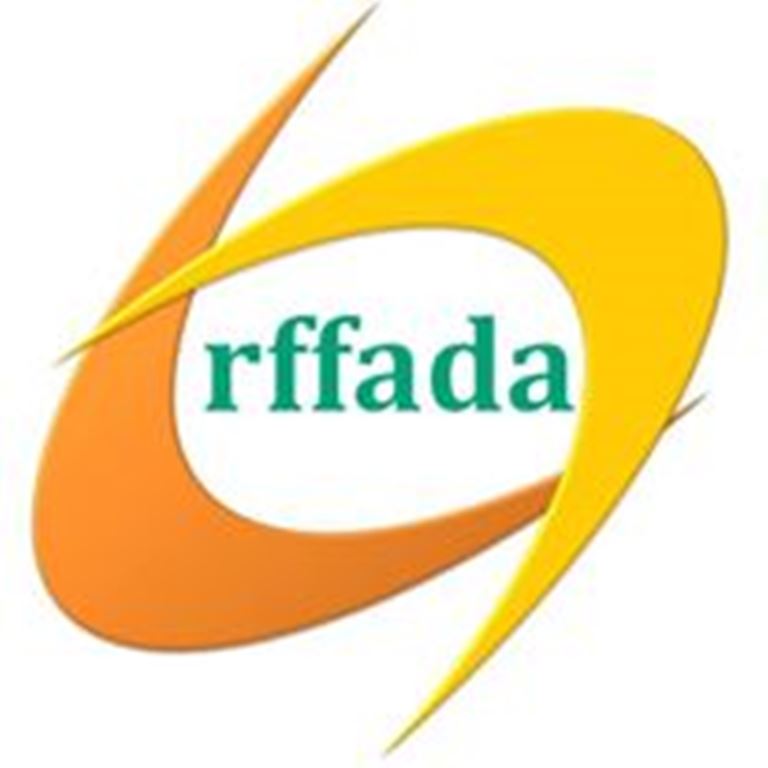Gladue and Ipeelee send important messages to judges, but messages that have tensions within them that reflect the broader tensions of using the criminal law system to acknowledge ongoing state involvement in discrimination against Indigenous Peoples.
https://wyaj.uwindsor.ca/index.php/wyaj/article/view/8299
Gene – RNA-seq analysis reveals prenatal alcohol exposure is associated with placental inflammatory cells and gene expression
Our findings suggest that heavy alcohol exposure during pregnancy can influence the proportion of fetal placental villi macrophages (Hofbauer cells) and increased expression of inflammatory genes.
https://www.sciencedirect.com/science/article/abs/pii/S0378111923007928
Education & Training in Autism & Developmental Disabilities – Effects of a Function-Based Contingency and Self-Management Intervention on the Academic Engagement of a Student with FASD
Fetal alcohol spectrum disorder (FASD) is characterized by impulsivity and deficits in executive functioning. Given this, individuals with FASD might particularly benefit from interventions that teach them to manage their own behavior in a more adaptive manner.
https://web.s.ebscohost.com/abstract?direct=true&profile=ehost&scope=site&authtype=crawler&jrnl=21541647&AN=173004971&h=Q6QmjBaB0y6vUW4E6bdxsxBwpVwqR12rrApLtWRHpOds8h%2bIU7Xj5Ybef3bIHCFGUh%2fgeqW4CjNLGAkUmvq5qQ%3d%3d&crl=c&resultNs=AdminWebAuth&resultLocal=ErrCrlNotAuth&crlhashurl=login.aspx%3fdirect%3dtrue%26profile%3dehost%26scope%3dsite%26authtype%3dcrawler%26jrnl%3d21541647%26AN%3d173004971
BMC Oral Health – The oral health-related quality of life for individuals with fetal alcohol spectrum disorder – a cross-sectional study
The findings clearly demonstrate that there is a discernible effect on an individual’s quality of life if they have poor oral health. In conclusion, further research is required to determine the most effective methods to improve the OHRQoL of individuals with disabilities.
https://link.springer.com/article/10.1186/s12903-023-03577-9
Alcohol: Clinical and Experimental Research – Prenatal alcohol exposure promotes NLRP3 inflammasome-dependent immune actions following morphine treatment and paradoxically prolongs nerve injury-induced pathological pain in female mice
In female mice, PAE prolongs allodynia following morphine treatment through NLRP3 activation. TLR4-activated PAE immune cells showed enhanced IL-1β release with morphine via NLRP3 actions.
https://onlinelibrary.wiley.com/doi/abs/10.1111/acer.15214
Current Treatment Options in Pediatrics – Intrauterine Drug Exposure—What the Pediatrician Needs to Know. Part 1: General Overview, Transplacental Drug Transfer, Teratogenicity, and Fetal Alcohol Spectrum Disorder
Pregnant women should be advised to abstain from elective use of drugs and substances that can affect the growth of the fetus, neurobehavior of the newborn, and long-term functional potential of the growing child.
https://link.springer.com/article/10.1007/s40746-023-00279-w
European Journal of Paediatric Neurology – Transcranial magnetic stimulation as a feasible, non-invasive, neuromodulatory intervention in fetal alcohol spectrum disorders. A very first proof of concept
FASD is a very complex disorder that is difficult to treat. In addition, comorbidities as atypical responses to pharmacotherapies are frequent. For this reason, non-invasive, innovative therapies for children with FASD have to be developed.
https://www.sciencedirect.com/science/article/abs/pii/S1090379823001599
Alcohol and Alcohol-related Diseases – Image Analysis of Neurofacial Effects of Prenatal Alcohol Exposure
In this chapter, we review the 2D and 3D imaging based methods for identifying the range of FASD associated facial dysmorphism across the FASD spectrum, and discuss the identification of and relationships between the face, brain and neurocognitive performance.
https://link.springer.com/chapter/10.1007/978-3-031-32483-3_24
Frontiers in Neuroscience – Spectral-based thickness profiling of the corpus callosum enhances anomaly detection in fetal alcohol spectrum disorders
We characterized size-independent anomalies of the posterior part of the CC in FASD, with an automated method, confirming and extending our previous study.
https://www.frontiersin.org/articles/10.3389/fnins.2023.1289013/full
Child Welfare – Knowledge, Training, and Support Needs for Identification and Appropriate Care of Children with Prenatal Alcohol and Other Drug Exposures in the Child Welfare System
This study was conducted to explore what professionals working in child welfare and caregivers know about prenatal substance exposure, emphasizing prenatal alcohol exposure, and their perceived training needs. This was part of a descriptive mixed methods study conducted in 22 local child welfare agencies across five states.
https://web.s.ebscohost.com/abstract?direct=true&profile=ehost&scope=site&authtype=crawler&jrnl=00094021&AN=172860084&h=GQJTME1Jsj2O7q7MzdYx2iNsSk4GRcnnHLOcRrXPLQDhrW9qgTXaTX1P3dTEYuep90m0nU11iD%2f2AsbJ7bJN%2bg%3d%3d&crl=c&resultNs=AdminWebAuth&resultLocal=ErrCrlNotAuth&crlhashurl=login.aspx%3fdirect%3dtrue%26profile%3dehost%26scope%3dsite%26authtype%3dcrawler%26jrnl%3d00094021%26AN%3d172860084
Alcohol and Alcohol-related Diseases – “From Surviving to Thriving”: A Focused Review of Interventions for Fetal Alcohol Spectrum Disorders to Guide a Shift Toward Strengths-Based Intervention Development
This chapter offers a focused review of existing FASD interventions and community programs to illustrate how current work is already confronting these barriers and demonstrating a shift to a strengths-based perspective.
https://link.springer.com/chapter/10.1007/978-3-031-32483-3_25
Substance Abuse Treatment, Prevention, and Policy – Alcohol consumption and associated factors among pregnant women attending antenatal care at governmental hospitals in Harari regional state, Eastern, Ethiopia
This study observed that single marital status, previous history of abortion, family history of mental illness, depression, and anxiety were highly associated with alcohol consumption during pregnancy.
https://link.springer.com/article/10.1186/s13011-023-00567-6
Seven Editora – Nursing care for pregnant women who use alcohol and other drugs in primary care: An instructional video for nursing students
Consumption and abuse of alcohol and other drugs during pregnancy constitute one of the most frequent psychiatric disorders during pregnancy. From the assumption of the existence of gaps related to the training of nurses on this subject, a research problem emerged: Are nursing students clearly prepared to act, in primary care, to pregnant women who use alcohol and other drugs?
https://sevenpublicacoes.com.br/index.php/editora/article/view/2905
Frontiers in Psychiatry – Substance use during pregnancy and risk of postpartum depression: a systematic review and meta-analysis
This meta-analysis provides evidence of an increased risk of PPD among pregnant substance users, particularly those using multiple substances or tobacco. However, caution is needed in interpreting the association with alcohol use due to its non-significant result.
https://www.frontiersin.org/articles/10.3389/fpsyt.2023.1264998/full
Eur J Midwifery – Women’s views on moderate and low alcohol consumption: stages of the subjective transition from pregnancy to postpartum
Pregnant and breastfeeding women perceive alcohol consumption as a risk to the health of the child. Abstinence is sought especially during pregnancy, but this does not preclude occasional and low-level consumption.
http://www.europeanjournalofmidwifery.eu/Women-s-views-on-moderate-and-low-alcohol-consumption-stages-of-the-subjective-transition,172950,0,2.html

